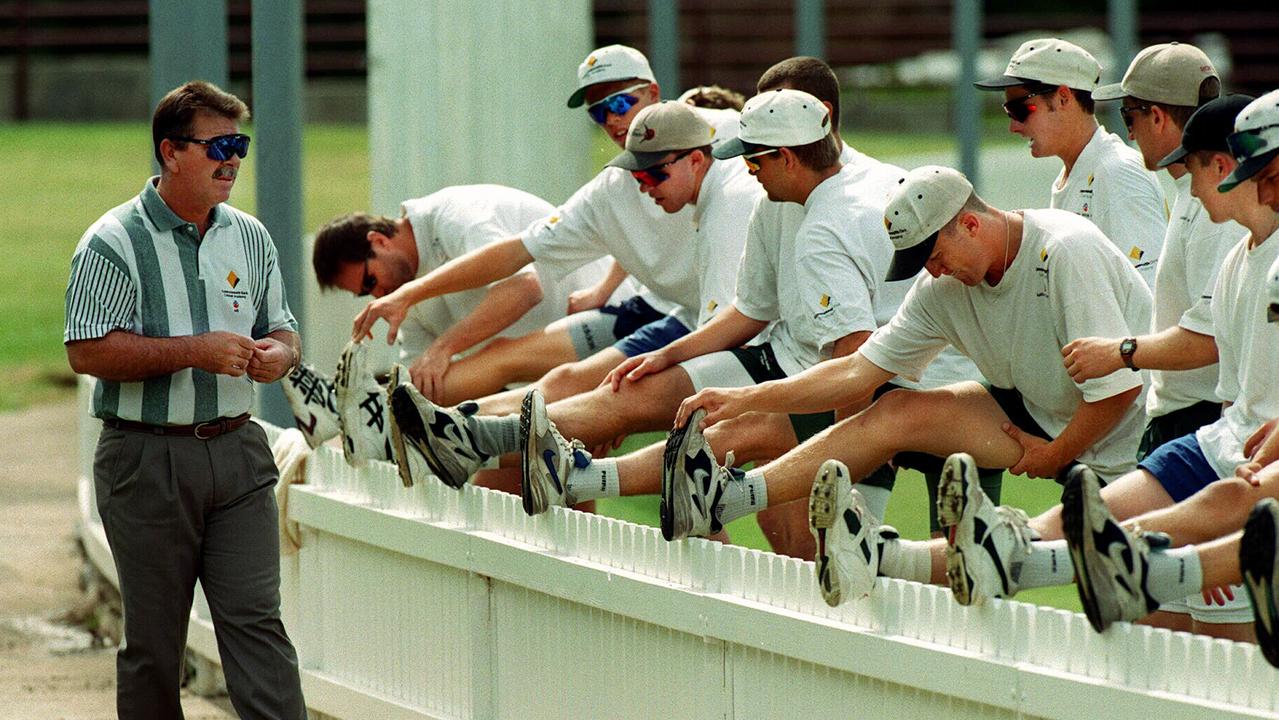Ian Chappell says cricket’s cultural revolution must start at grassroots level after ball tampering scandal
AUSTRALIA’S women’s team is showing the country how cricket should be played and the Australian Cricketers’ Association should come to the healing party, writes Ian Chappell.
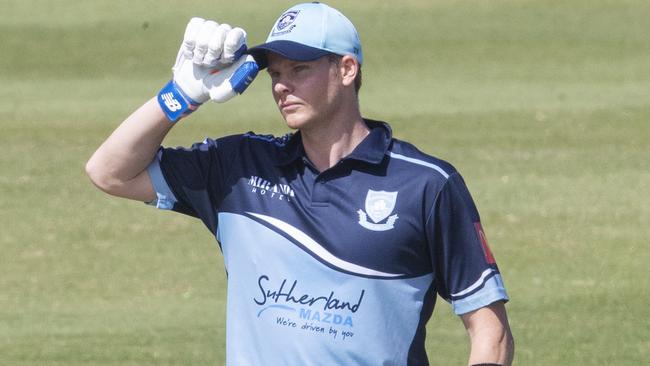
Opinion
Don't miss out on the headlines from Opinion. Followed categories will be added to My News.
IN a French Revolution style blood-letting frenzy, Australian cricket has lost three players to suspension, a coach has resigned, as has the CEO, the chairman - albeit belatedly - and two board members, one being the high-profile Mark Taylor.
To cap off the chaos, two high-ranking executives have been sacked.
Most of the blood-letting has occurred as a result of the poor behaviour of the men’s national team.
BANNED: HOW SMITH IS WINNING BACK FANS
WARNER: TIME TO END SUSPENSION DEBATE
CRASH: LANGER HAS COURAGE TO STAY COURSE
WARNE: FIVE RULES TO MAKE CRICKET GREAT AGAIN
While the upheaval has seriously unsettled the men’s team, the distaff side has been merrily winning matches in preparation for the Women’s T20 World Cup.
The ladies, capably led by Meg Lanning, have found the happy balance of winning and enjoying each other’s success without denigrating the opposition.
In the process they’ve accumulated fans in large numbers.
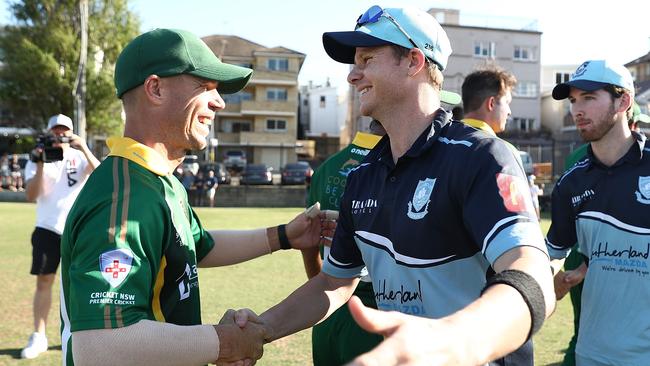
As a respected former player and captain of Australia, Taylor will be the hardest board member to replace.
I’ve often criticised the board for not featuring enough knowledge of how the game is played and success is achieved at the highest level.
I categorised the board’s sporadic election of former players as window dressing, it allows Cricket Australia to deflect this accusation but in Taylor’s case he’s genuinely attempted to make a difference in a long administrative career.
His recent efforts have mainly centred around the strained relationship between Cricket Australia and the Australian Cricketers’ Association.
It’s critical for the game’s healing and future progress that this becomes a partnership where, at the very least, the two bodies respect each other.
So far, Cricket Australia has made all the moves that could lead to reconciling the partnership.
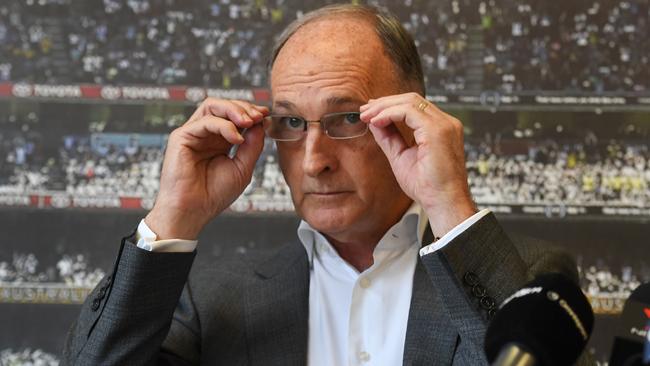
Now it’s time for the players’ union to play their part and a good start would be for the president Greg Dyer to step down in an attempt to move this relationship onto a more friendly footing.
Dyer’s opportunistic call for the three suspended players to be allowed back into the Australian fold is more like a shot across the bow instead of extending the hand of friendship.
Spooked by the way the public have turned against them and with the Longstaff report having placed a large mirror in front of them, the men’s team has embarked on a cultural revolution.
The weakness in this otherwise reasonable reaction is the attempt to start at the top in the hope it’ll work it’s way down the levels.
There’s far more chance of long-term success if a cultural revolution is engineered the opposite way round.
It should start at a young age with the parents and then be reaffirmed with timely reminders along the way from the senior players at club, state and international level.
Whenever a young player starts to get out of line he should receive a sharp reminder from the seniors, “That’s not the way we do things around here son. So, either you fall into line or you’ll be out the door so fast your feet won’t touch the ground.”
For any ambitious and competitive young cricketer this is generally sufficient warning.
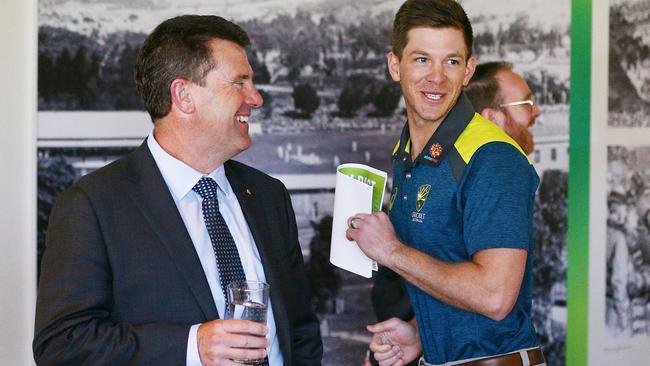
As a young player my concerns didn’t centre around punishment by the administrators or any disrespect for the rather elitist “Spirit of Cricket”, I was acutely aware of not angering my father Martin who had drummed into me and my two younger brothers that the game was to be played “hard but fair”.
I was never in any doubt that if Martin witnessed me cheating on a cricket field - even if it was in front of a large Test match crowd - he would have walked onto the field and dragged me off by the collar.
I would then have been told in no uncertain terms that I wouldn’t be allowed back on the field until I could behave properly.
Nevertheless an immediate change of behaviour is required at the top level of Australian cricket. This can be achieved quickly by the captain and the senior players setting a good example, rather than any pompous slogans proposing “elite honesty”.
Cricket Australia has basically been dragged kicking and screaming into an era where acceptable behaviour is suddenly the focus of an extremely bright spotlight.
Notwithstanding, there are positive signs that they now understand the need for drastic change.
Now it’s up to the Australian Cricketers Association to show they have also received and understood the forceful message and are prepared to play their part in restoring the game’s integrity.
Originally published as Ian Chappell says cricket’s cultural revolution must start at grassroots level after ball tampering scandal


